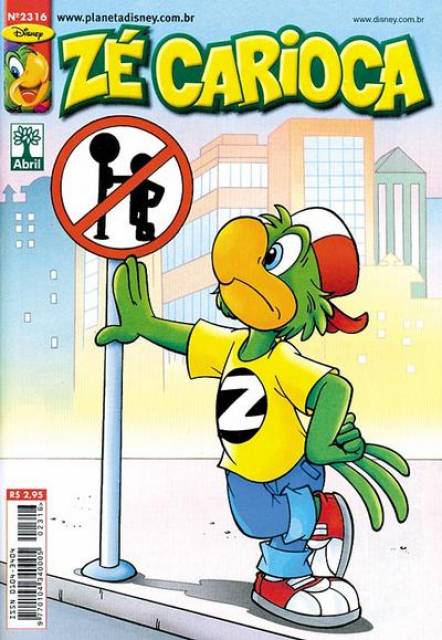Ze Carioca Wall Disney

First time going to Epcot with the wall maze and I know the only way past SSE is to the right. The question I have is what would the best direction to line up at rope drop to get to TT? Is this the only area?
Secondly....we are staying at Pop and the new bus times are throwing a bit of a wrench in our morning plans. My wife wants no part of the skyliner due to height fears. We are meeting people out front and the skyliner would only get is to the gateway so that's out anyways. Is Uber (or the like) the only way? Also, where does Uber drop us off in Epcot?
:: in the online magazine Daniella Thompson on Brazil.
Prezi’s Big Ideas 2021: Expert advice for the new year; Dec. How to increase brand awareness through consistency; Dec. Nov 18, 2017 - This is an appreciation board for the Walt Disney character Jose Carioca. Or Ze Carioca, as he is known in Brazil. Jose Carioca was first created in 1942 and is best known for his appearance in the Disney movie 'The Three Caballeros' along with Donald Duck and Panchito Pistoles.



18K Yellow Gold & Enamel Jose 'Ze' Carioca Walt Disney Parrot Character Charm. It is honestly hard to tell with the Epcot construction/walls. I went to Epcot less than a week after my last visit and the walls had yet again changed and a pathway that used to be open had closed. From Wikipedia: Walt Disney Pictures is an American film production company and division of The Walt Disney Studios, owned by The Walt Disney Company. The division is based at the Walt Disney Studios and is the main producer of live-action feature films within the The Walt Disney Studios unit. It took on its current name in 1983.
Blame it on WaltHow Ernesto Nazareth landed5 May 2004 |
Donald Duck and Zé Carioca, literally blue, are moping along a gloomy path, paved in the same pattern as the Copacabana promenade. The pair is espied by the Aracuan, working as a lone waiter at the Café do Samba. The café façade is a free-standing wall, whose brightly lit doorway beckons. the Aracuan pushes this wall open, revealing it to be the cover of a music score. Having been ushered through the café door, Donald and Zé are oblivious to the Aracuan’s invitation to sit down. He ends up carrying them to a table and produces menus, again eliciting no reaction. As the first strains of the song are heard, the waiter tears up the menus and resorts to rhythm. He plays a cabassa, then a pandeiro and a cuíca, as they are mentioned in the song. Gradually, the customers regain their natural colors and bounce happily to the samba rhythm. |
The Aracuan now prepares a cocktail made up of the percussion instruments, which he slices and mixes in a shaker. He adds Donald and Zé Carioca to the mixture and pours everything into a brandy glass that mushrooms to giant proportions. Removing his waiter’s coat, the Aracuan is down to his striped long johns. He dives into the glass, where Ethel Smith fades in, playing “Apanhei-te, Cavaquinho” in rapid tempo, while the cartoon characters swim around her and dance on the organ before the Aracuan covers Ethel’s eyes with his hands. |
Ze Carioca Wall Disney World
Cut to a jungle scene, where the Aracuan and Ethel are playing African drums, and gigantic percussion instruments dance around Donald and Zé. Organ notes enter the rhythm, and Ethel appears dancing inside a bubble blown by Aracuan. She metamorphoses into triplets, then quintuplets, and flashes her legs. The Aracuan turns Donald and Zé Carioca into marionettes, which he dangles on a musical stave. The note heads become wheels that roll at high speed toward the end of the stave, where a hole drawn by the Aracuan awaits them. |
Ze Carioca Characters
Back underwater, Ethel plays the organ while the Aracuan lights a match and places a stick of dynamite under her moving feet. Startled by the smoke, Ethel plays ever faster. The organ explodes, keys fly about, but Ethel continues playing on the dispersed keys, never missing a note, until the organ magically reassembles itself. Now Donald and Zé Carioca fall into the glass again, and Aracuan closes the scene by donning a top hat in front of the Café do Samba, where the story began. Taking their cue from Mary Blair’s ingenious color and styling, Disney’s animators more than make up for the trite lyrics. If the alcoholic metaphor is shopworn, its visual equivalent is nothing short of brilliant. In the end, we are left with the clear idea that the world is a cold and dark place without samba, or as Chico Buarque would sing sixteen years later, “Se todo mundo sambasse, seria tão fácil viver.” Since this article was published, Blame It on the Samba has been made available on YouTube.com. I’m reluctant to post it here for copyright reasons. Please click through to watch the video. Copyright © 2004–2014 Daniella Thompson. All rights reserved. |